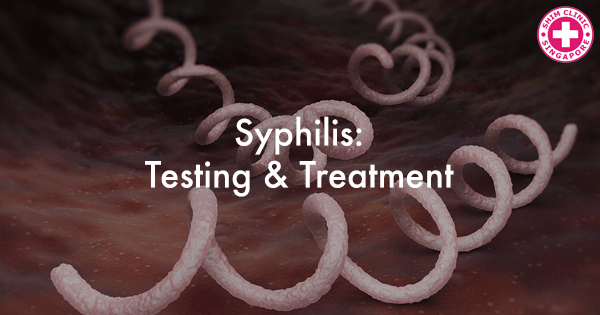Syphilis is an infection transmitted sexually and is caused by Treponema pallidum bacterium. This bacterium is spread from an infected person to one who is not infected normally through sexual activity such as oral, vaginal and anal sex. It can also be spread by a mother, who has the disease, to her unborn child. This is referred to as congenital syphilis.
History In Brief
The origins of the venereal disease trace back to the 15th century during the war between France and Italy. It is recorded that the disease affected the military so much that they were unable to fight. The army from France went back home carrying the disease with them. The cooks and medical attendants also went back to their respective homes carrying the disease with them and this is how syphilis started spreading. It was then known as the “French Disease”
How do you know if you have contracted Syphilis?
Syphilis develops over a series of four distinct stages, each with its own symptoms.
Primary Stage
The first sign of a syphilis infection is a small painless sore also called a chancre. It can be in the mouth, rectum or sexual organs and may be one or multiple. The sores may appear on an average of three weeks after exposure. They can go away with or without treatment. If not treated, the disease advances into the second stage.
Secondary Stage
This stage is marked by skin rashes and/or sores in the mouth, anus or vagina and begins within six weeks to six months after exposure. The rash does not cause itching and is characterized by rough, red or reddish-brown spots at the palms of the hands or at the bottom of the feet. Other symptoms include weight loss, headaches, fatigue, fever, swollen lymph nodes, and muscles aches as additional symptoms. Again, just like the primary stage, if not treated, it progresses to the third stage.
Latent Stage
During this stage, the disease is very much present in the infected person’s body but it does not cause any symptoms.
Tertiary Stage
This stage may last between 10-20 years after infection. It causes serious problems with the brain, heart, nerves, blood vessels, liver, joints and bones. It is characterized by symptoms such as paralysis, gradual blindness, dementia, deafness, impotence and may cause death.
How do you test for Syphilis?
The sexually transmitted disease can be tested at an STD clinic by running blood or urine samples or conducting a physical examination. There are two types of blood tests available for the STD: Nontreponemal and treponemal tests. Nontreponemal is a test that is more specific for syphilis while the treponemal test is not specific and can produce false-positive results.
If during a physical examination a chancre is spotted, a sample of the same will be taken for tests. Lumbar puncture/spinal tap is another possible test. It’s a procedure done when there is suspicion of nervous system problems that are signs of the tertiary stage. A sample of the spinal fluid is taken and tested for bacteria.
What treatment is available for syphilis?
The first treatments for syphilis trace to the early 16th century when guaiacum (holy wood) and mercury ointments were used. The mercury treatment was used for many years even with its adverse side effects. In 1943, penicillin was discovered to treat the STD and is in use to date as the treatment of choice. For those who are allergic to penicillin, azithromycin or doxycycline is administered.
For congenital syphilis, the pregnant woman is administered with penicillin to prevent mother to child transmission of the STD.
Learn more about the syphilis disease here.

